October is Domestic Violence Awareness Month. Here are some resources for when a friend, peer, student, or whoever is facing relationship violence and abuse, during Pandemic times and all other times.
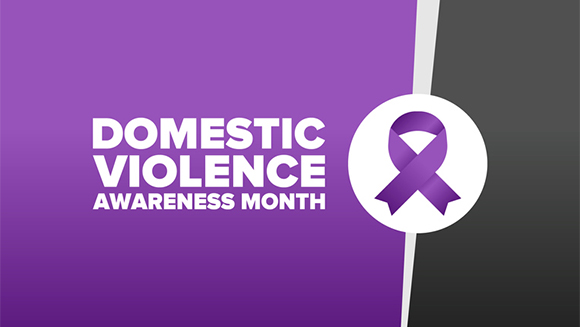
Every day, it now seems, has a host of meanings tacked on to it. National Ice Cream Day, National Puppy Day, National Fluffernutter Day; the list goes on and on. There are also many month-long remembrances, but these tend to take on more meaning, which is fitting considering they are undoubtedly more worthwhile to remember than many of the “National Days.” And that’s why it’s so important that we do keep track and do talk about what is going on each month. October is Domestic Violence Awareness Month. This is, without a doubt, an issue that needs to be talked about not just in October, but year-round.
According to the National Coalition Against Domestic Violence (NCADV), “on average, nearly 20 people per minute are physically abused by an intimate partner in the United States.” In one year, that stat equates to more than 10 million women, those who identify as non-binary, and men facing violence in a circumstance we typically like to refer to as ‘home,’ AKA what a place that should be a source of safety and solace. As a previous blog post from October of last year said: “Often, domestic violence happens behind closed doors [making] people ashamed, embarrassed, or not sure of their situation.”
But this year is different than last year, and the year before and the year before that, for one distinct reason: COVID-19. A spate of articles emerged during lockdown indicating that domestic abuse and violence numbers were on the rise, sparking outrage and concern.
I spoke with Leighia Fleming, Coastline College’s Director of Student Equity and Title IX, to better understand how the pandemic has changed how we help those facing domestic, or relationship, violence, and also how things have stayed the same, even with Covid-19. As Leighia said to me in our call: “Domestic Violence and Sexual Assault has been occurring for years,” meaning that the pandemic has simply exacerbated the problem, not created it. So let’s raise some awareness and provide some resources.
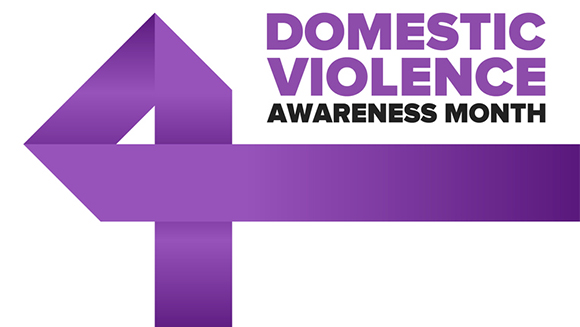
Defining Terms
The first thing Leighia wanted me to understand is the narrow definition of “domestic violence.” “When we talk about domestic violence on a local, national level, it’s very specific: you have to be living in the home with someone that has to be your partner. You have to be in a ‘domestic relationship.’” This is why she often prefers the term “relationship violence,” because younger victims may not be living with their abuser, and may not be facing the same kinds of abuse as someone who does live with their abuser, but it is still violence and it is still perpetrated by someone who is supposed to love or care for you.
Leighia also wanted to be clear that violence comes in many different forms: “Violence and abuse can look all different types of ways. There’s physical abuse, emotional abuse, mental abuse, financial abuse,” and even digital abuse as well. Children and the elderly face their own set of violent and abusive circumstances, which don’t get labeled as “domestic violence” normally. With that being said, let’s discuss some ways we can help victims and survivors of the various forms of relationship abuse, bearing in mind the circumstances of the pandemic.
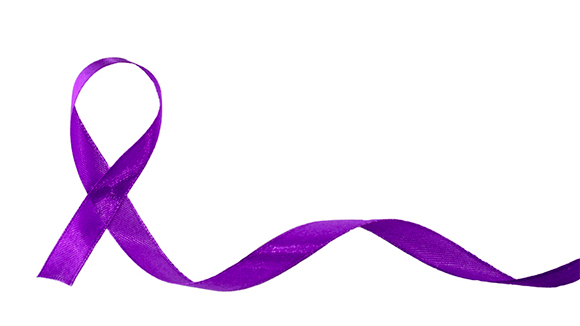
1. Recognize that Abuse Doesn’t Always Look the Same.
This is a bit of a repeat from my Defining Terms section. But it’s crucial that you recognize that abuse comes in different forms; it just doesn’t look the same with every couple and partnership. “Relationships look so different than they did fifty to sixty years ago,” Leighia notes. How we engage with one another, romantically, socially, or otherwise, is guided and shaded by a whole different relationship: the one we have with social media.
As an example: A pair of people may not be living together, but one partner is forcing the other to engage in sending illicit photographs against their will; this is digital abuse.
Leighia notes that at Coastline “we make it broad because we know and understand that we are now in a digital era, that our students are experiencing relationships differently.” Per that quote, the critical word in relationship abuse and violence is ‘relationship.’ Any and all relationships are capable, when unhealthy, in resulting in any and all forms of relationship violence.
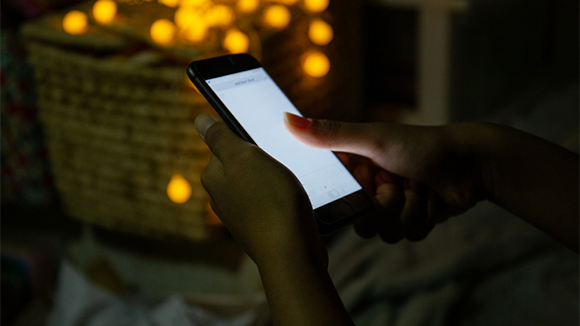
2. Look for Patterns, Even in a Pandemic.
This requires observation and empathy. Obviously, you’re thinking, ‘But during a pandemic, I’m not seeing anyone.’ But, you still are seeing folks, just via your computer screen, or socially distanced on walks or porch chats.
For example: is your friend or peer wearing long sleeves in 90-degree heat to cover up bruises? Have they started socializing less, including in digital spaces like Zoom cocktail hours or on social media? Are they putting up seemingly tame or typical social media posts, then taking them down without reason or notice? Is a partner/spouse/caregiver exercising undue control or decision-making powers in their life?
Leighia specifically mentioned isolation as a recurring pattern in all forms of abuse. “That’s one of the big keys, is when your friend or family member just becomes more isolated. Abusers try to isolate folks from others outside that control dynamic.” Some of these patterns may seem subtle and they could signify a variety of issues, including mental stress, but they go hand in hand with the next piece of advice.
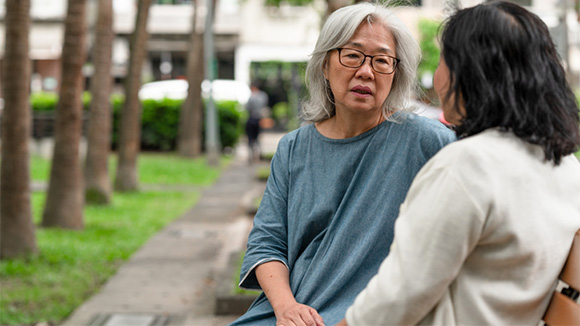
3. Just Ask.
It really is that simple, at least to begin with. Especially if the abuse is physical it’s important to ask right away, as soon as you’ve noticed a physical mark or result of that abuse, so that you can provide help. “Once you ask, they’ll do one of two things,” says Leighia. “Either they’ll say ‘yes, this is happening.’ Or they’ll start covering it up, and you’ll be able to see the patterns.”
But in any abusive scenario, it’s important to ask. Because of the shame survivors may feel about their abuse, or, for the rest of us, not wanting to admit that relationships are not a fairy tale ideal (ever, but especially in this circumstance), we decide to stay silent instead of broaching the question, even if we have suspicions. “People are able to mask it very well,” Leighia continues. “Just due to the stigma of being assaulted or being in a domestic violence situation.”
Ask your friend/peer directly and honestly if there’s something going on in their life that they’d like to talk about. They may say no. And that’s okay. But as Leighia says: “By asking, you’re letting them know that you see them and recognize their humanity. Just that recognition can often make a shift for someone.”
The pandemic has not taken this option away from you. Schedule a private Zoom call, or, if a person’s abuser is in the home with them, meet at a location that everyone has to visit during the week, like a grocery store. Once you’ve gotten to the grocery store (or other public place), head to an area where you can talk with your friend/peer/family member one-on-one to broach the topic and offer support.
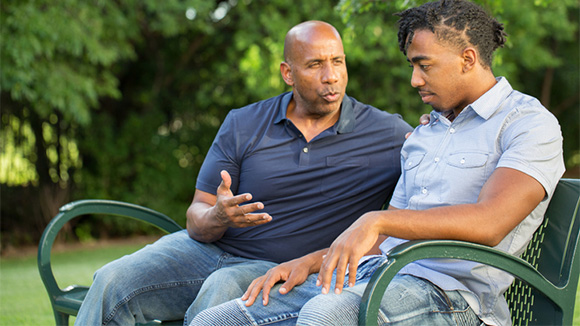
Report an Incident to Coastline
4. Love isn’t the Only Thing that Counts.
As the National Domestic Violence Hotline says, and as Leighia reiterated to me, love is complicated. It’s possible for your peers/friends/students to still have feelings of love and care toward their abusers.
Leighia directed me to the One Love organization, which has put out a number of excellent PSAs framed around the idea “That’s Not Love.” Trust, comfort, support, respect, and even something simple like having fun together or being happy with one another are all far better signs of a healthy relationship than “love.” When someone talks about their abusive relationship don’t say something like ‘Well, it looks like you love each other and that’s what counts.’ There’s so much more to a healthy partnership, of any kind. Turns out The Beatles were wrong. Love isn’t all you need.
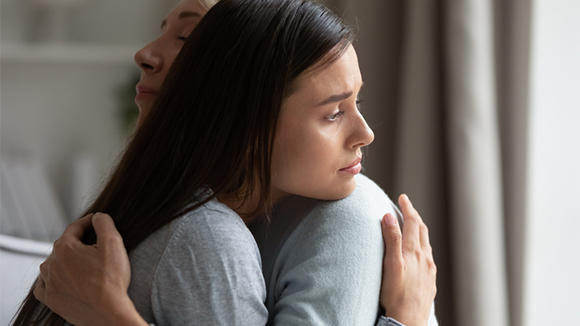
5. Believe Them.
Leighia said this is one of the most important things you can do. And this is one that hasn’t changed, even with a pandemic. “Oftentimes folks may come to you and disclose,” says Leighia, but our response is one of not quite disbelief, but not belief either. “It’s not because we don’t believe,” she continues, but “it’s because we have so much faith in the world, so much faith in people.”
We come by this faith in people honestly. As human beings, it behooves us to see the good before the bad. But in this circumstance, you have to simply acknowledge what they’re going through and recognize the abuse. And again, this ties in with making the situation all about love. The reality of an abusive circumstance or relationship, i.e. helping someone escape it or overcome it, overrides any question of belief or doubt you may have.
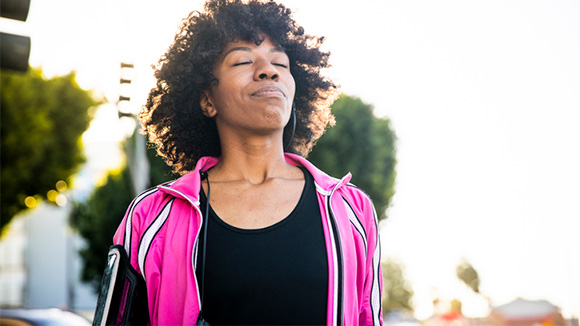
6. Prepare Yourself.
This may seem counterintuitive. After all, isn’t this about helping others? Yes, but how can you help someone else if you’re not ready or prepared to? Leighia was adamant about this one. She knows too well how stressful, anger-inducing, and grief-producing this kind of work and help is. Leighia recommends knowing your limits and boundaries beforehand, that way you don’t make a promise to a person suffering relationship violence that you can’t keep.
Once you’ve asked (and continue asking) about someone’s situation, be prepared to know the resources at your disposal (be that a shelter, Coastline’s Title IX Office, another friend, etc.). Then, have your own support network in place to help you through your secondary trauma.
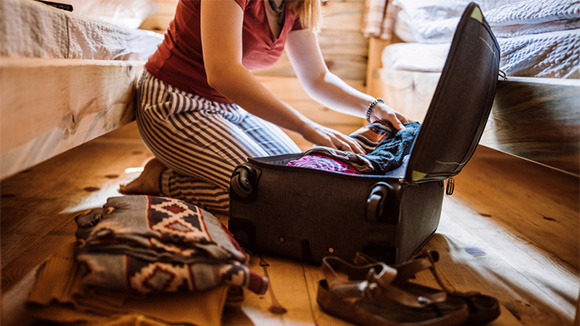
7. Prepare Them.
This one is especially applicable for victims and survivors of physical abuse and involves literal preparations. Help them pack (over the phone or via FaceTime or Skype) an emergency “go” bag for a critical moment or situation; make sure they have some money, gift cards, vouchers, or all three, stored, ready, and separate from their abuser; you can also provide some financial assistance if need be. As Leighia says: “Oftentimes people are ready to go, but they don’t have the financial resources to do so.”
Know where their immediate destination once they leave will be: a friend’s place, hotel, shelter, family member’s house, etc. “You need a well-thought-out plan,” says Leighia, “because if not it can increase that abuse even more.”
Before it’s even time to leave, make sure they have a personal cellphone, distinct and private from their abuser, that has emergency contact numbers on speed dial. This includes hotlines specifically dedicated to partner violence as well as shelters, both of which can be utilized at any hour, day or night.
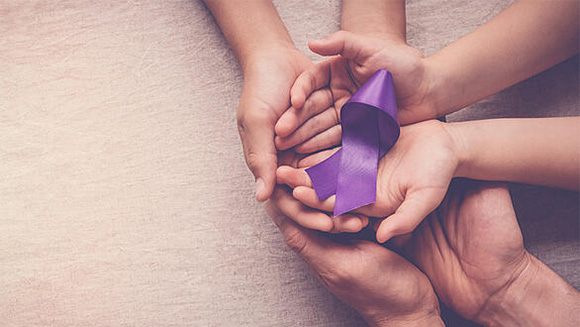
Some Final Thoughts
The fact that relationship violence is still a problem saddens and sickens me. This is something we should have figured out long ago. But unfortunately, human progress comes in fits and spurts, not all at once. It’s not fair and it’s not fun, but it’s what we’re stuck with. And so we need to do our part to help.
Violence against anyone is violence against everyone, regardless of race, gender, sexual orientation, age, religion, status, etc. etc. Use these tools above to help someone in need. But if you’re going to help, then help. Empty promises are like beach sand cupped in a person’s palm: they just slide through.
The pandemic has changed a lot about the way we live and interact with each other. But, as Leighia Fleming said, it hasn’t changed the fact that relationship violence continues to occur. So let’s Raise Awareness this month, and each month after. It’s the least we can do.
Contact the Domestic Violence Hotline
Contact Coastline’s Title IX Office Now
Domestic Violence Awareness Month Events at Coastline